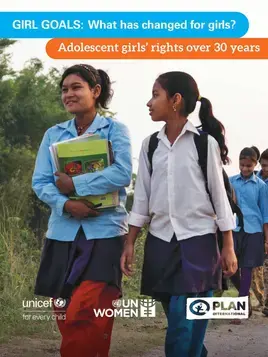
Checklist for ensuring the quality of violence against women surveys
In 2015, all UN Members States agreed to work towards eliminating violence against women: Target 5.2 of Sustainable Development Goal (SDG) 5. They also agreed to measure progress using two indicators, the first being the proportion of ever-partnered women and girls aged 15 years and older subjected to physical, sexual, or psychological violence by a current or former intimate partner in the previous 12 months (SDG indicator 5.2.1). Surveys that measure the prevalence and consequences of violence against women, including intimate partner violence, are specialized and guidance is available, however not all surveys follow best practice. This makes national and sub-national data on the prevalence of intimate partner violence difficult to compare across settings. Some surveys are subject to the risk of bias, including the risk of underestimating the prevalence.
This checklist, produced as part of the UN Women–WHO Global Joint Programme on Violence Against Women Data, is designed to help national statistics offices and other national research and data institutions and research teams to think through the steps needed to produce high-quality survey data on intimate partner violence—from the planning stages through analysis, report write-up, and dissemination of accurately interpreted findings. This checklist is meant to be used by teams planning dedicated surveys on violence against women as well as surveys with a module on violence against women within a larger survey, as in the Demographic and Health Surveys. Funders and other organizations commissioning surveys on violence against women may also find this checklist useful to inform their work.


